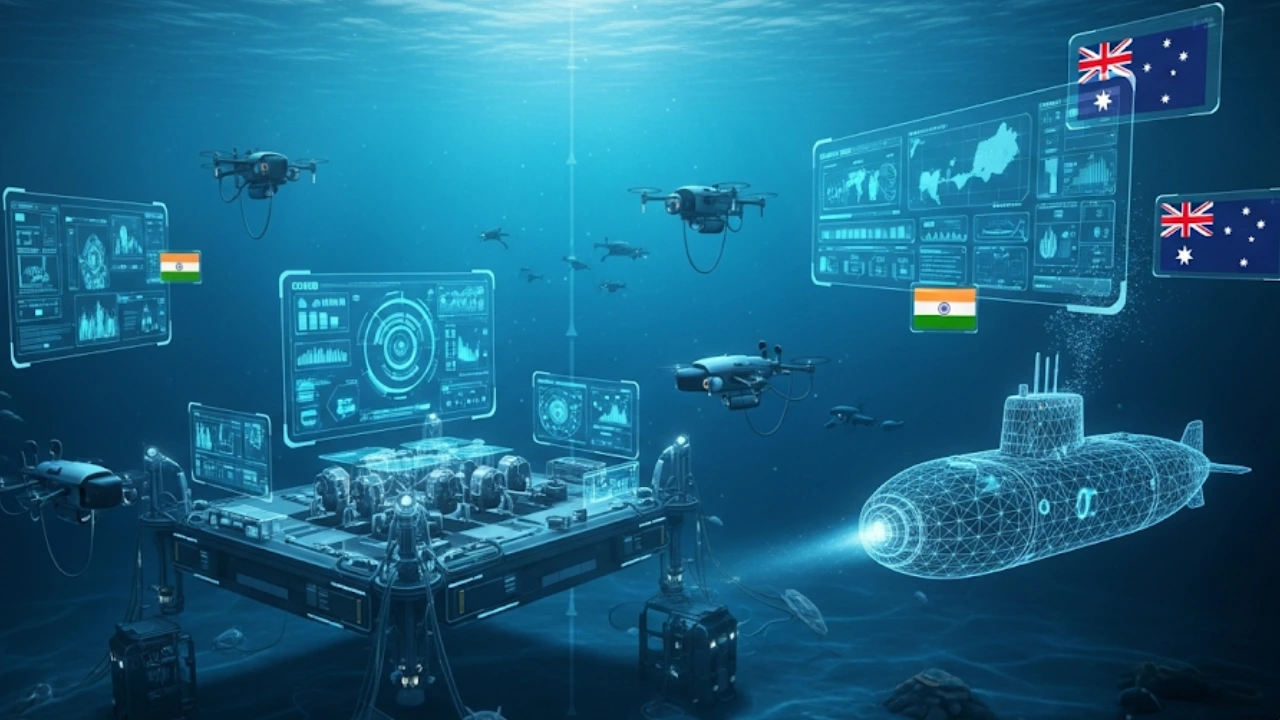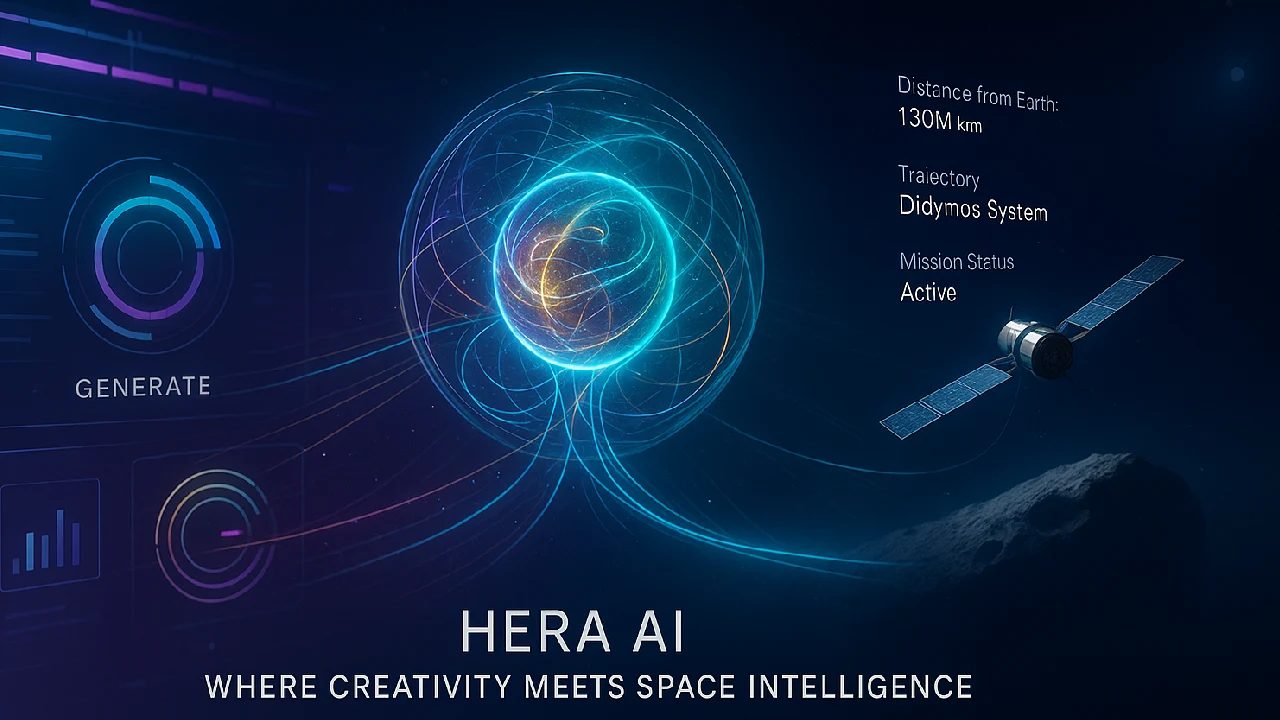In a powerful display of regional cooperation, India and Australia have joined forces to develop next-generation undersea surveillance technologies. This landmark defence pact, announced on July 3, 2025, signifies a strategic alignment aimed at enhancing maritime security in the Indo-Pacific—a region increasingly challenged by submarine activity and autonomous underwater threats. Central to this collaboration is the development of Towed Array Target Motion Analysis (TMA) systems, a cutting-edge technology designed for stealthy and precise undersea detection.
Let’s dive into how this joint initiative is reshaping the future of undersea surveillance and why it matters for global defence dynamics.
What Is Undersea Surveillance Technology?
Undersea surveillance technologies refer to systems and methods used to monitor and detect objects or activities beneath the ocean’s surface. These systems are vital for:
- Detecting submarines and underwater drones
- Securing maritime borders
- Monitoring illegal activities
- Enhancing strategic defence capabilities
Key technologies include
- Passive and active sonar arrays
- Autonomous Underwater Vehicles (AUVs)
- AI-integrated acoustic detection systems
Technological Core: Towed Array Target Motion Analysis (TMA)
At the heart of the India-Australia initiative is Towed Array Target Motion Analysis. This method uses a long array of hydrophones, which are underwater microphones that are towed behind a naval vessel. These sensors passively collect acoustic signals, such as those emitted by enemy submarines or AUVs.
How TMA Works:
- A ship or submarine deploys a flexible cable with hydrophones behind it.
- The system captures multi-directional underwater sounds.
- Advanced algorithms analyze the data to estimate:
- Target location
- Speed
- Direction of movement
Because it uses passive detection, the TMA system doesn’t emit signals, making it ideal for stealth operations. This is especially critical in contested waters like the Bay of Bengal and the Arabian Sea.
Shared Expertise: India’s DRDO and Australia’s DSTG
The partnership brings together two powerful R&D entities:
- India’s Naval Physical and Oceanographic Laboratory (NPOL) under DRDO
- Australia’s Defence Science and Technology Group (DSTG)
India contributes decades of sonar expertise, including indigenous systems like Abhay, HUMSA-UG, and NACS. Australia offers deep experience in undersea signal processing, system integration, and real-world operational frameworks.
Together, they’re conducting live trials, developing new algorithms, and sharing performance data to ensure global benchmarking.
AI and Machine Learning in Undersea Surveillance
In a futuristic leap, the project integrates AI and machine learning to solve key detection challenges:
- Reducing background noise in complex oceanic environments
- Improving target classification and accuracy
- Accelerating real-time threat recognition
This ensures faster decision-making and enhances maritime domain awareness, especially in busy and strategically vital zones.
India’s recent success with a moored autonomous underwater sonar system in the Bay of Bengal demonstrates its readiness to implement these AI-driven innovations at scale.
Strategic Objectives and Regional Impact
This initiative aligns with broader strategic frameworks:
- Quad Partnership (India, Australia, Japan, U.S.)
- 2+2 Ministerial Dialogues
- Comprehensive Strategic Partnership
Key Goals:
- Counter growing Chinese naval assertiveness
- Deter undersea threats from nuclear submarines and AUVs
- Ensure a free and open Indo-Pacific
The technological edge gained will not only serve India and Australia but could also benefit allied navies in maintaining strategic superiority underwater.
Comparison Table: Key Features of Towed Array TMA vs. Traditional Sonar
| Feature | Towed Array TMA | Traditional Active Sonar |
|---|---|---|
| Detection Type | Passive | Active |
| Stealth Level | High (no signal emission) | Low (emits pings) |
| Suitable for Autonomous Ops | Yes | Limited |
| Accuracy in Noisy Environments | Enhanced with AI/ML | Moderate |
| Real-time Tracking Capability | High | Medium |
Conclusion
The India-Australia undersea surveillance partnership marks a turning point in regional maritime defence. By combining TMA technology, AI innovation, and strategic coordination, both nations are setting a blueprint for next-gen undersea warfare systems.
As the Indo-Pacific grows increasingly contested, this initiative enhances tactical capabilities and reinforces a collective commitment to peace, security, and technological innovation beneath the waves.







